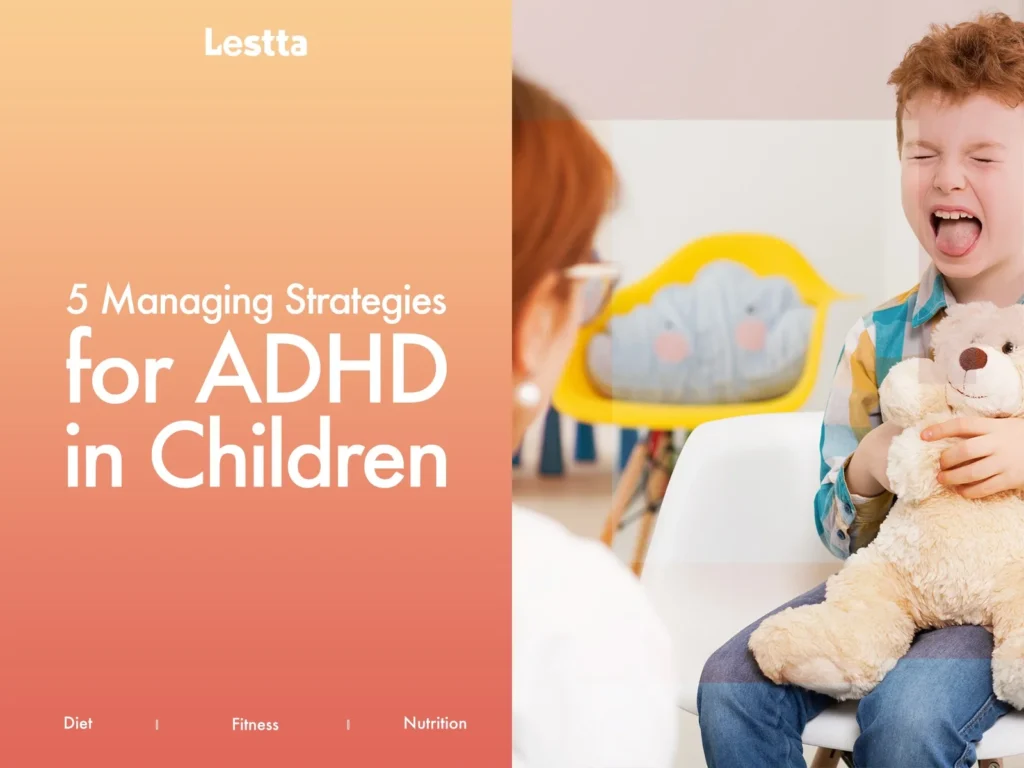5 Managing Strategies for ADHD in Children

Attention Deficit Hyperactivity Disorder (ADHD) is a neurodevelopmental disorder that affects many children. It can make it challenging for them to focus, complete tasks and sit still.
Parents and caregivers can use various strategies to help manage the symptoms of ADHD in children. In this article, we will discuss 5 effective strategies for managing ADHD in children.
1. Break tasks into smaller chunks
Children with ADHD may find it overwhelming to complete tasks that require a lot of focus. Breaking down tasks into smaller, more manageable chunks can help them stay on track and feel less overwhelmed. For example, instead of asking them to clean their entire room at once, you could break it down into smaller tasks such as “pick up clothes,” “organize toys,” and “dust surfaces.”
2. Encourage physical activity
Physical activity can be beneficial for children with ADHD. It can help reduce hyperactivity and improve focus. Encourage your child to engage in activities that they enjoy such as swimming, cycling or dancing. Regular exercise can help them channel their energy in a positive way and reduce the symptoms of ADHD.
3. Practice positive reinforcement
Children with ADHD often respond well to positive reinforcement. When they display positive behaviors such as completing a task or staying focused, offer praise and reward them. This can help build their self-esteem and confidence, and encourage them to continue positive behaviors.
4. Create a consistent routine
Children with ADHD often thrive on routine. Create a consistent schedule that includes regular times for waking up, meals, homework, and bedtime. This can help them feel more organized and in control of their day-to-day activities.
5. Use assistive tools
Assistive tools can be helpful for children. For example, a timer can help them manage their time more effectively, while a whiteboard or planner can help them keep track of tasks and deadlines. There are also many apps available that can help with organization, focus, and time management.
In conclusion, managing ADHD in children requires a multifaceted approach that incorporates a variety of strategies. By breaking tasks down into smaller chunks, encouraging physical activity, using positive reinforcement, creating a consistent routine, and utilizing assistive tools, parents and caregivers can help children with ADHD manage their symptoms and lead fulfilling lives.









